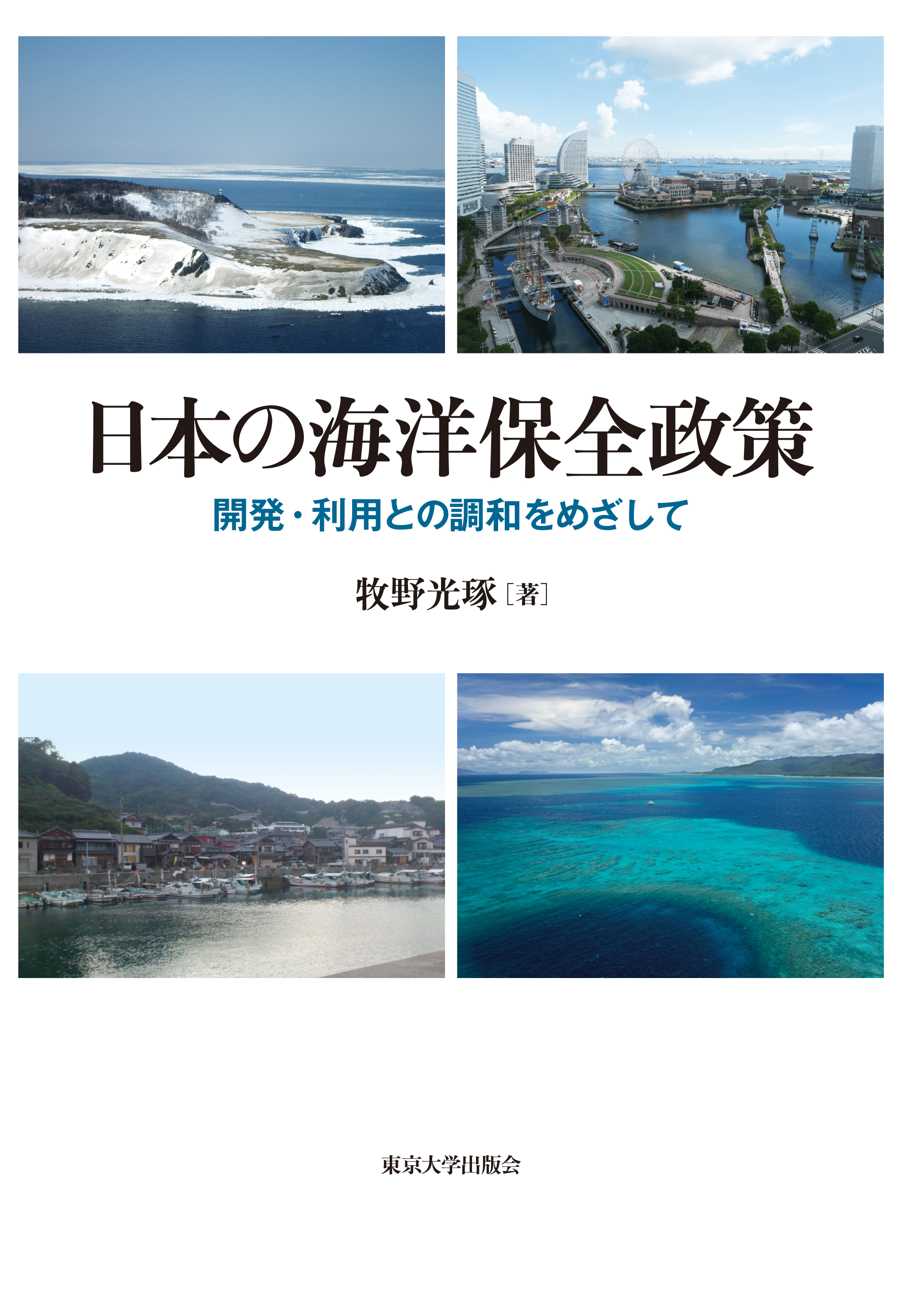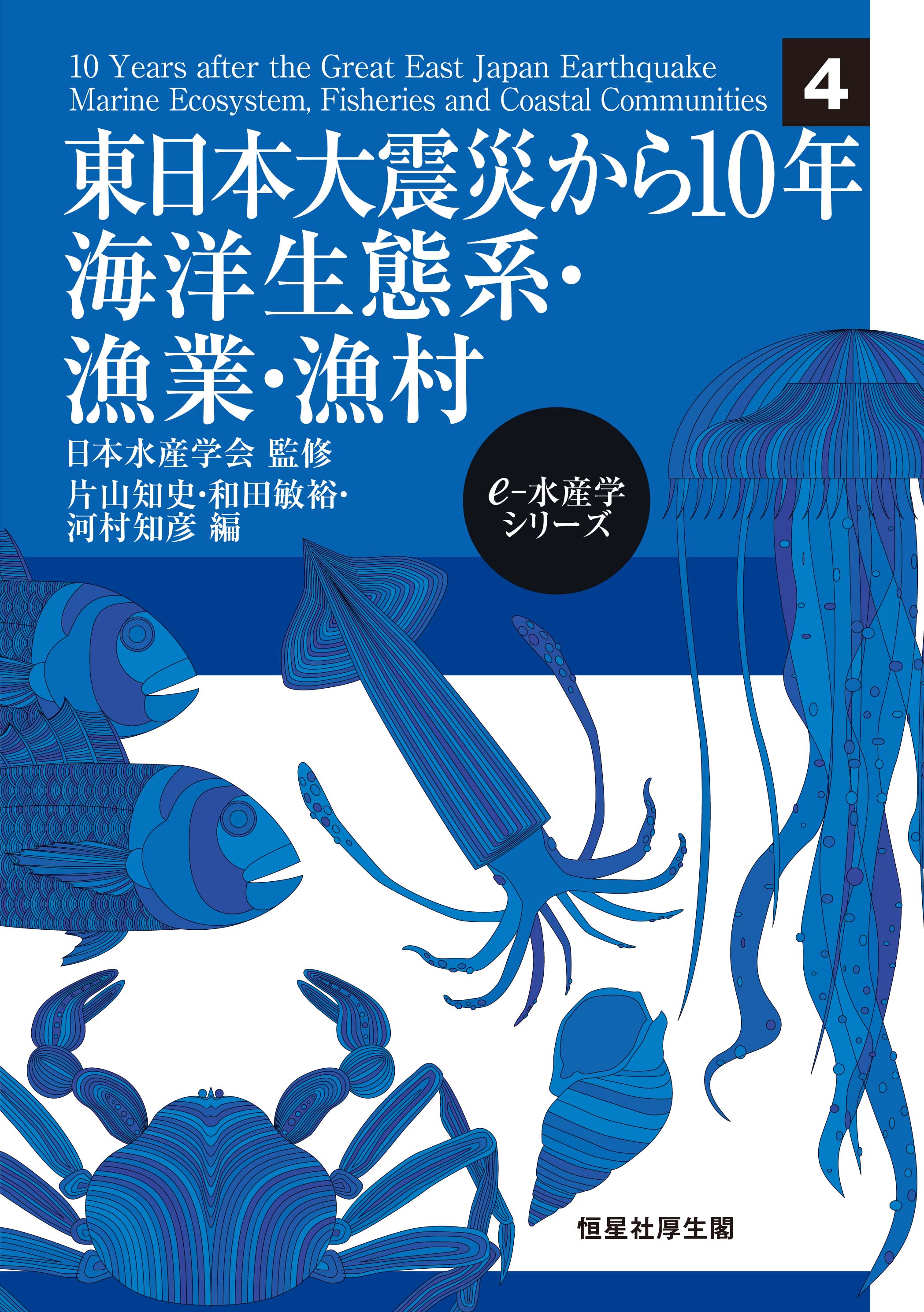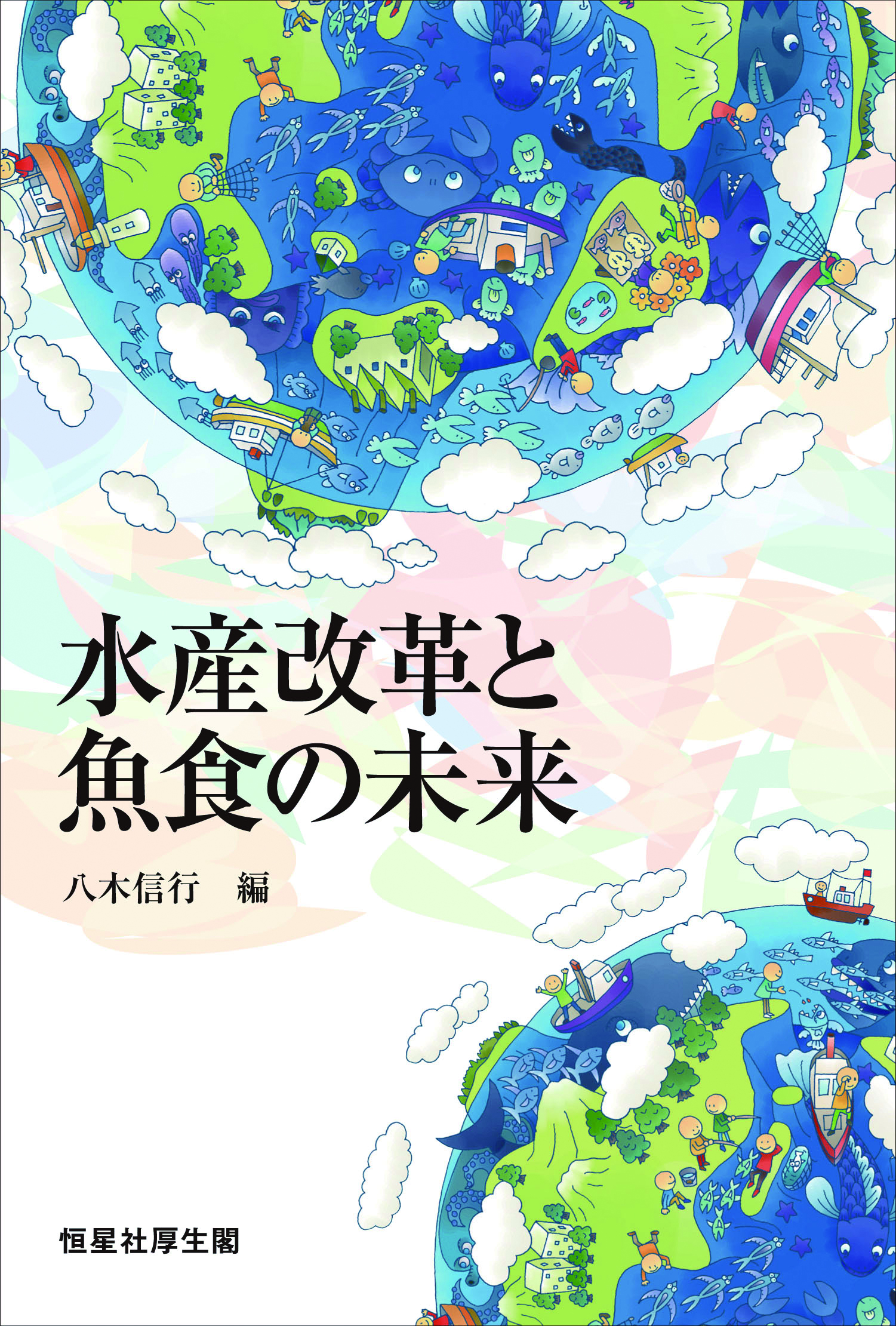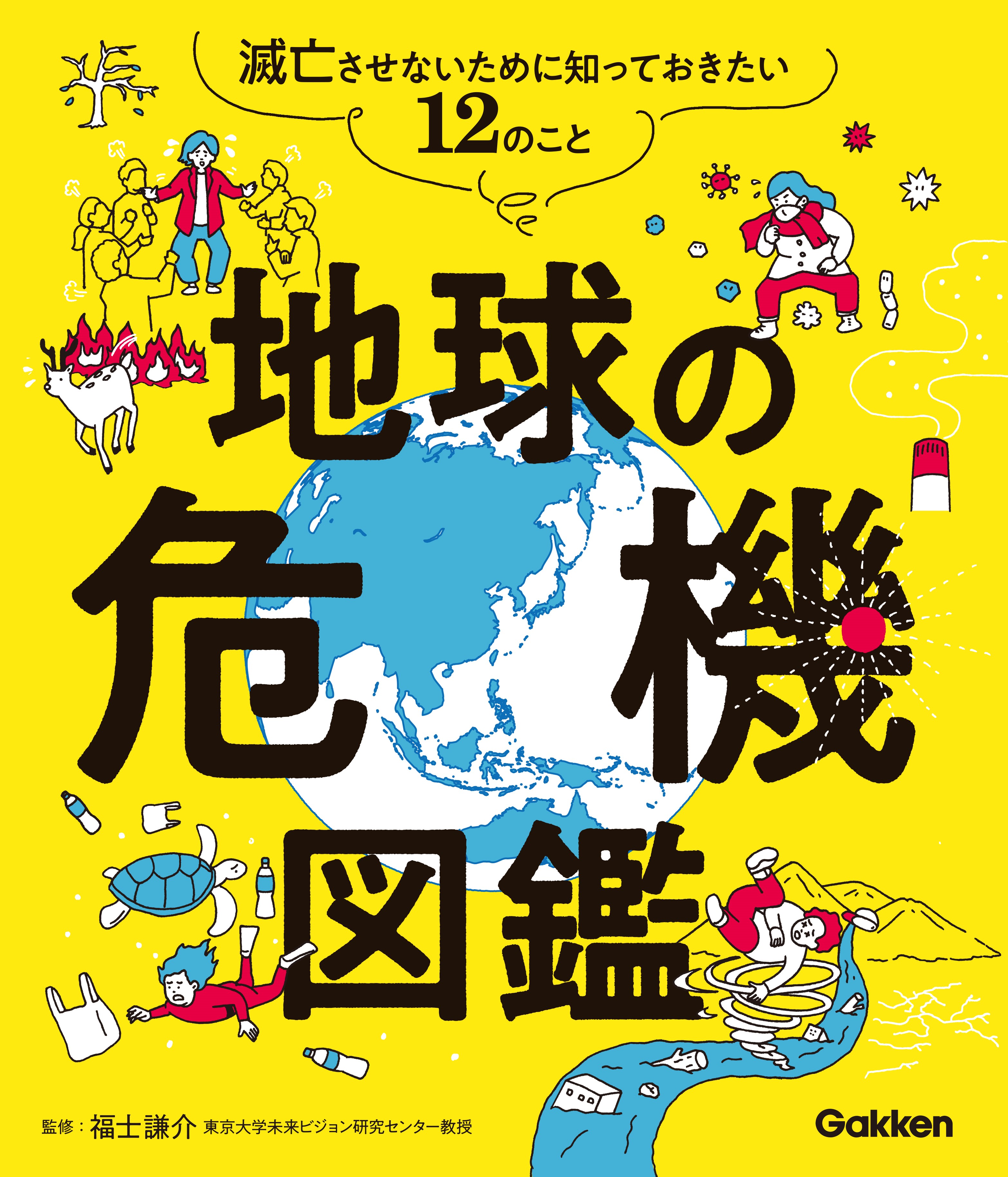
Title
Nihon no kaiyō hozen seisaku (Japan's Marine Conservation Policy - Toward Harmony with Respect to Development and Use)
Size
196 pages, A5 format
Language
Japanese
Released
December 25, 2020
ISBN
978-4-13-062320-9
Published by
University of Tokyo Press
Book Info
See Book Availability at Library
Japanese Page
The first condition for life to survive on earth is the presence of water in its liquid form. It is estimated that 97% of the water on earth is contained in the sea.
Life on earth was born out of the sea approximately 3.5 billion years ago and have continued to evolve ever since by expanding habitats to land and creating the current biodiversity present on the planet. As one of earth’s constituent species, we, the modern human race (i.e., homo sapiens), emerged around 200,000 years ago and expanded rapidly to a population size that now threatens the health of the entire planet.
To understand the history of marine life and its evolutionary mechanisms is to know from where we humans came. Understanding marine life is, thus, one of the most essential elements in understanding the broader meaning of life’s existence on earth. By gaining such understanding, we may also be better able to understand where we are going (i.e., to find a way in which humanity can truly adapt to its environment and be “sustainable” as a species).
This volume, thus, focuses on the various relationships that exist between humans and the sea (e.g., fisheries resources, renewable energy resources, submarine mineral resources, shipping, recreation, education, nature restoration, biodiversity conservation, and climate change mitigation, and adaptation). Specifically, this book attempts to explain the discussions and policies related to marine sustainability in a way that is extremely easy to understand. This is achieved through the use of specific examples. This volume also considers a framework for 1) theoretically integrating the so-called “sectoral policies,” which have been implemented by different ministries based on individual laws, through the adoption of natural and social science knowledge and 2) planning and formulating synergies across ministries.
In the appendix, a “Basic Introduction to Case Studies” is included in an attempt to present a basic procedure plan for policy research. This appendix entry summarizes the eight steps in policymaking proposed by Prof. Eugene Bardach of the University of California, Berkeley, by incorporating perspectives on marine conservation policy.
In this volume, I hope to develop an understanding of the diversity of 1) ocean use, 2) benefits derived from such use, and 3) policies for sustainable use. Concerning such diversity, attention has mostly been placed on conflicts and social problems arising therefrom. Admittedly, we cannot afford to take our eyes off such harsh realities, but as the author, I would encourage young students to consider the new possibilities that emerge from this diversity.
One such new possibility relates to the synergistic effect of the ocean as a whole, which can be created only by the joint use of the oceans, the cradle of all life, by various stakeholders. This possibly offers a new way of utilizing the bounty of the sea, which can only be conceived by integrating the various knowledge of society that goes beyond existing academic fields. Achieving sustainability that cannot be gained through any one single ministry or economic activity could prove to be the greatest challenge and most exciting adventure related to humans' interaction with the ocean.
(Written by MAKINO Mitsutaku, Professor, Atmosphere and Ocean Research Institute / 2021)



 Find a book
Find a book


 eBook
eBook

